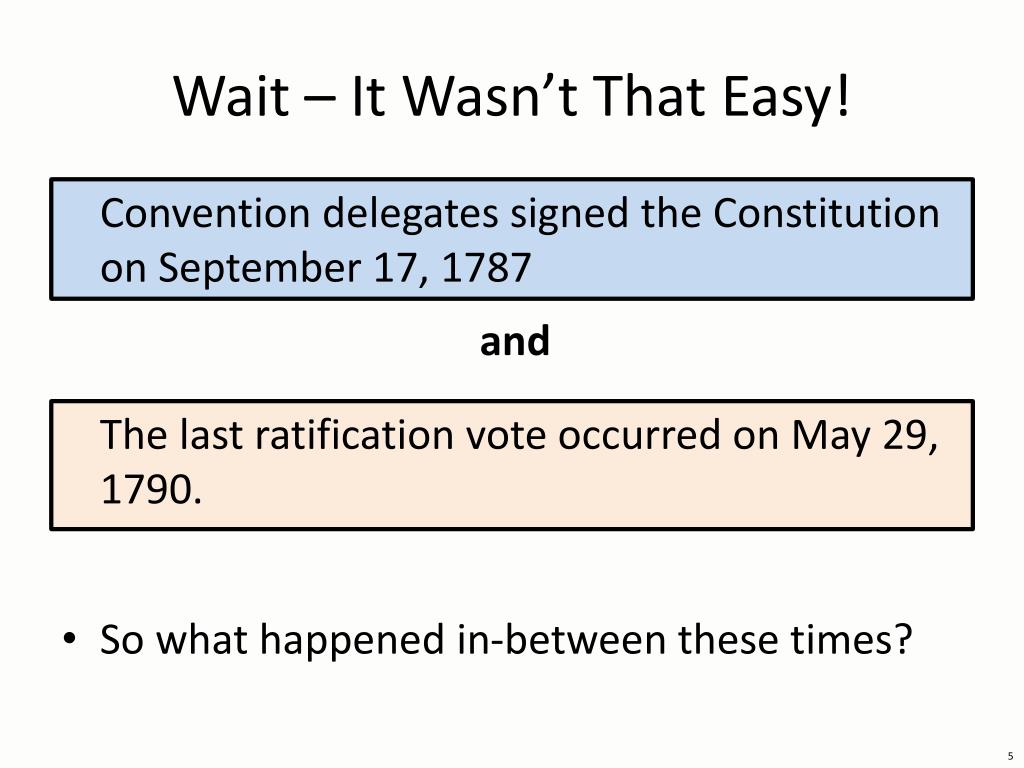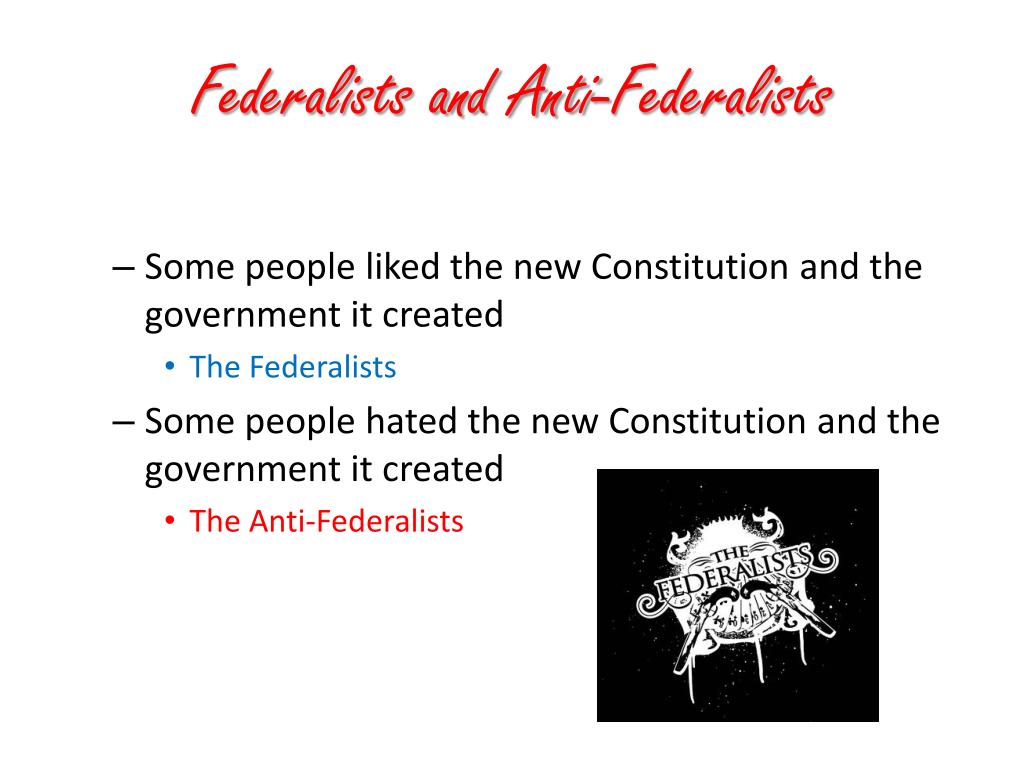- The Constitution of the United States is the supreme law of the United States of America. The Constitution, originally comprising seven articles, delineates the national frame of government.
- SSUSH5 The student will explain specific events and key ideas that brought about the adoption and implementation of the United States Constitution. – A free PowerPoint PPT presentation (displayed as a Flash slide show) on PowerShow.com - id: 4d63e6-YjUxO.
- This website, hosted by the University of Texas School of Law, showcases digital scans of all the original Texas Constitutions from 1824 to 1875. Also included are searchable text versions of each constitution, as well as 5000 pages of journals, reports, and transcripts detailing the history of the state’s constitutional conventions.
- Ssush5: Constitution Us History Timeline
- Ssush5: Constitution Us History Bill Of Rights
- Ssush5: Constitution Us History Dbq
SSUSH3 Analyze the causes of the American Revolution.
Ratification of the Constitution US History Standards: SSUSH5 The student will explain specific events and key ideas that brought about the adoption and implementation of the United States Constitution. Evaluate the major arguments of the anti-Federalists and Federalists during the debate on ratification of the Constitution as put forth in The Federalist concerning form of government.
a. Explain how the French and Indian War and the 1763 Treaty of Paris laid the groundwork for the American Revolution.
b. Explain colonial response to the Proclamation of 1763, the Stamp Act, and the Intolerable Acts as seen in the Sons and Daughters of Liberty and the Committees of Correspondence.
c. Explain the importance of Thomas Paine’s Common Sense to the movement for independence.
SSUSH4 Analyze the ideological, military, social, and diplomatic aspects of the American Revolution.
a. Investigate the intellectual sources, organization, and argument of the Declaration of Independence including the role of Thomas Jefferson and the Committee of Five.
b. Explain the reason for and significance of the French alliance and other foreign assistance including the diplomacy of Benjamin Franklin and John Adams.
Ssush5: Constitution Us History Timeline
c. Analyze George Washington as a military leader, including but not limited to the influence of Baron von Steuben, the Marquis de LaFayette, and the significance of Valley Forge in the creation of a professional military.


d. Investigate the role of geography at the Battles of Trenton, Saratoga, and Yorktown.
e. Examine the roles of women, American Indians, and enslaved and free Blacks in supporting the war effort.
f. Explain the significance of the Treaty of Paris, 1783.
SSUSH5 Investigate specific events and ideas that brought about the adoption and implementation of the US Constitution.
a. Examine the strengths of the Articles of Confederation including but not limited to the Land Ordinance of 1785, Northwest Ordinance of 1787 and their influence on westward migration, slavery, public education, and the addition of new states.
b. Evaluate how weaknesses in the Articles of Confederation and Daniel Shays’ Rebellion led to a call for a stronger central government.
c. Explain the key features of the Constitution, including the Great Compromise, limited government, and the Three-Fifths Compromise.
d. Evaluate the major arguments of the Anti-Federalists and Federalists during the debate on ratification of the Constitution, The Federalist Papers, and the roles of Alexander Hamilton and James Madison.
e. Explain how objections to the ratification of the Constitution were addressed in the Bill of Rights.
Ssush5: Constitution Us History Bill Of Rights
- Text of U.S. Constitution at constitutionus.com.
- National Constitution Center’s Interactive U.S. Constitution.
- Cornell University Law School’s annotated U.S. Constitution.
Clauses (Alphabetical)
- Birthright Citizenship Clause (14th Amendment)
- Commerce Clause (Article I, Section 8)
- Contracts Clause (Article I, Section 10)
- Due Process Clause (5th Amendment)
- Due Process Clause (14th Amendment)
- Equal Protection Clause (14th Amendment)
- Fugitive Slave Clause (Article IV, Section 2)
- Interstate Commerce Clause (see Commerce Clause)
- Necessary and Proper Clause (Article I, Section 8)
- Oath Clause (Article II, Section 1)
- Privileges and Immunities Clause (Article IV, Section II)
- Privileges and Immunities Clause (14th Amendment)
- Take Care Clause (Article II, Section 3)
- Takings Clause (5th Amendment))
- Taxing and Spending Clause (Article I, Section 8)
- Three-Fifths Clause (Article I, Section 2)
- Vesting Clause (Article I, Section 1)
- Vesting Clause (Article II, Section 1)
- Vesting Clause (Article III, Section 1)

Constitutional Articles and Amendments (Chronological)
Ssush5: Constitution Us History Dbq
- Founders’ Constitution
- Original Constitution
- Preamble
- Article I
- Article II
- Article III
- Article IV
- Article V
- Article VI
- Article VII
- Bill of Rights
- 1st Amendment
- 2nd Amendment
- 3rd Amendment
- 4th Amendment
- 5th Amendment
- 6th Amendment
- 7th Amendment
- 8th Amendment
- 9th Amendment
- 10th Amendment
- 11th Amendment
- 12th Amendment
- Original Constitution
- Reconstruction Amendments (“Second Founding”)
- 13th Amendment
- 14th Amendment
- 15th Amendment
- Progressive Era Amendments
- 16th Amendment
- 17th Amendment
- 18th Amendment
- 19th Amendment
- FDR Amendments
- 20th Amendment
- 21st Amendment
- 22nd Amendment
- Civil Rights Era Amendments
- 23rd Amendment
- 24th Amendment
- Cold War Amendments
- 25th Amendment
- 26th Amendment
- Gregory Watson Amendment
- 27th Amendment
